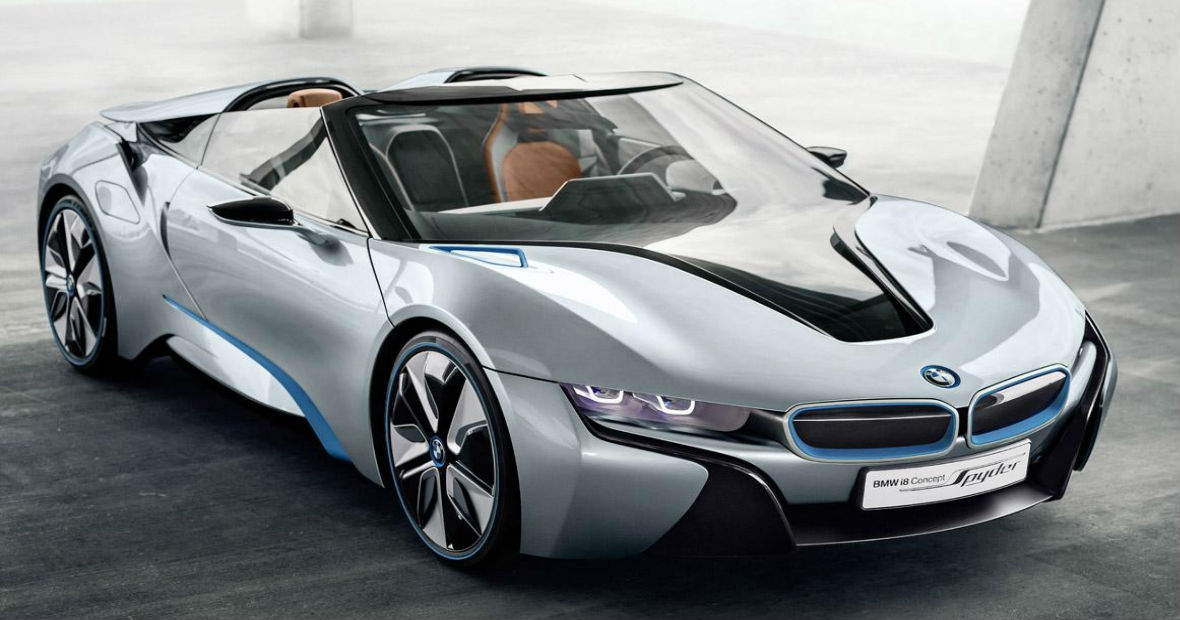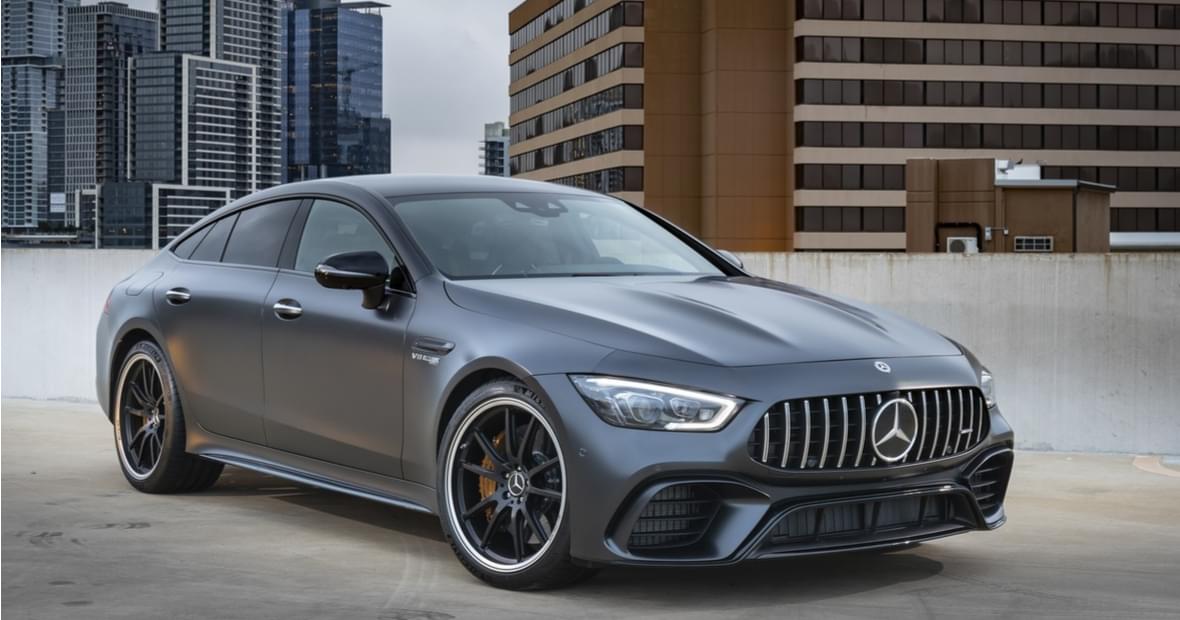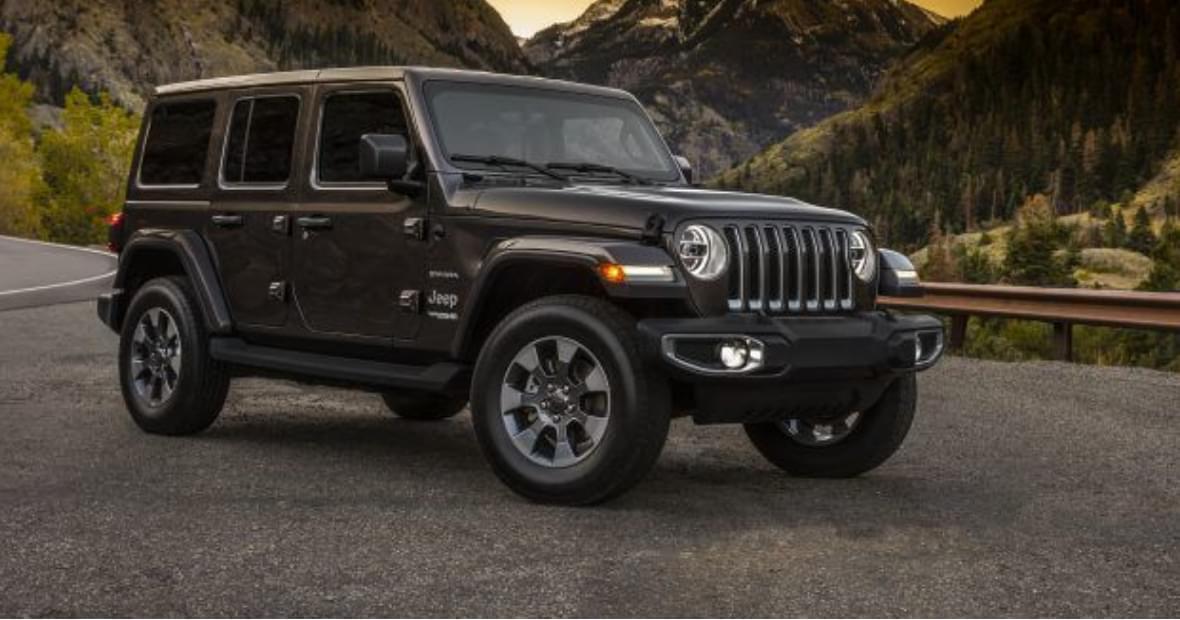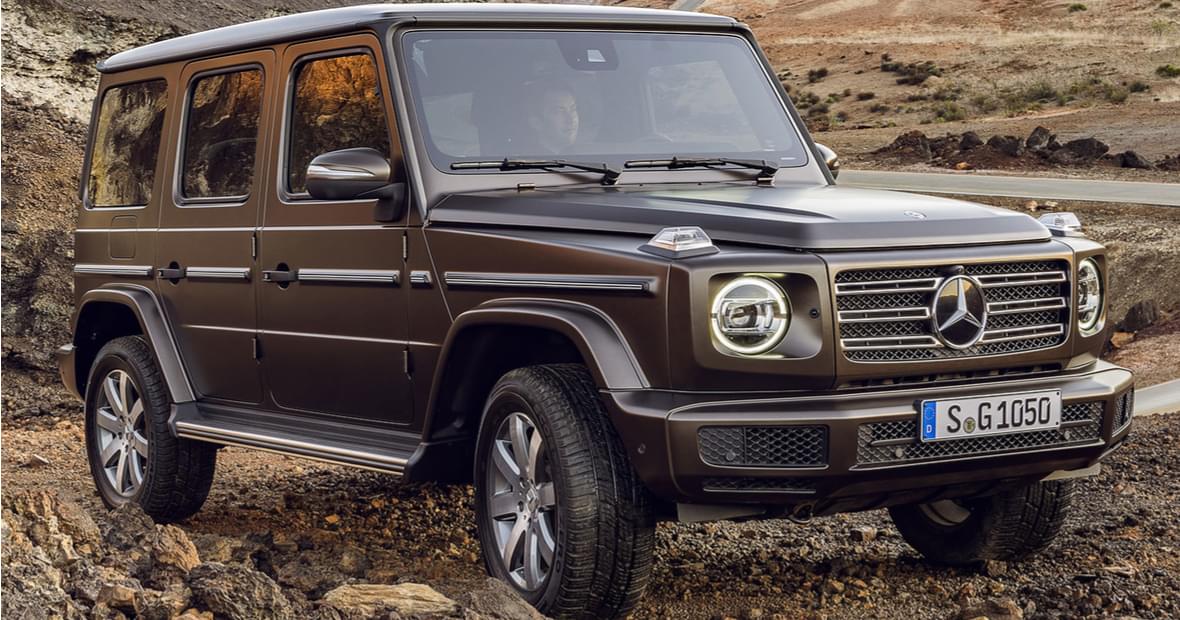After four years of having displayed the i8 Spyder concept, BMW has finally put pen to production, with an announcement earlier this week that an i8 Roadster will be available for purchase later in 2016. Without specifying any more details than that, new developments also include an updated i3 model that will have increased battery capacity and a longer range duration.
The official press release also informs that BMW‘s electrified fleet will increase to a total of seven models. They will comprise a combination of purely electric powered vehicles and plug-in hybrids, that synthesise an electric motor with an internal combustion engine. At the same time, BMW has announced that it will also continue to develop its hydrogen fuel-cell technology. Currently these cars are able to achieve a range of up to 700 km, but this is expected to be exceed with the newer editions.
The BMW marque advised in its press release that it has its eye on the future as it aims to provide “a leading role in automated driving”. With this stated objective, the next generation of electric vehicles has been flagged as “Project i 2.0” which will “cement (BMW’s) position as a technological leader in this field”. The i fleet will Incorporate a suite of technology that includes high-definition digital maps, cloud and sensor capability and artificial intelligence. The company says it will turn research projects into new developments in industrial development and be responsible for “bringing future technology onto the road” as it paves the way towards fully autonomous driving.





